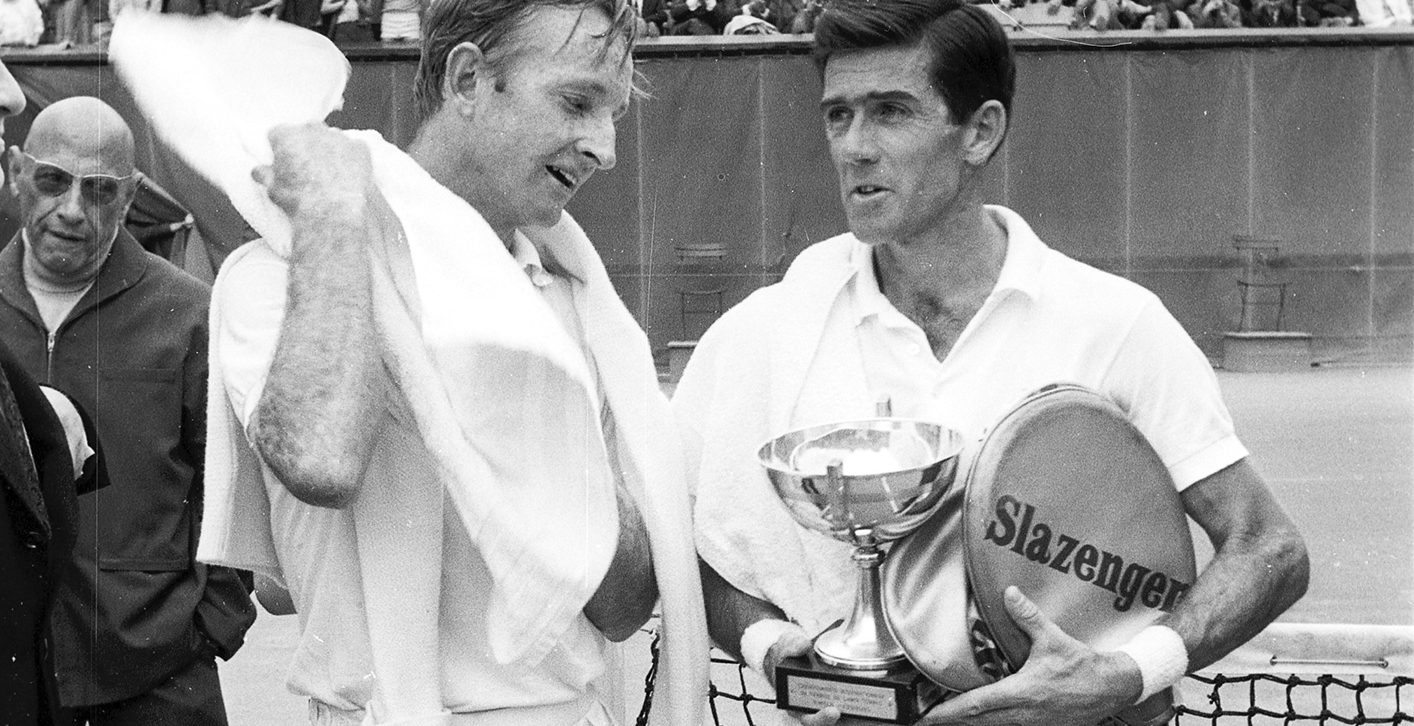
In a decade which heralded the arrival of professional tennis, who would have made the cut for Team Europe and Team World 50 years ago?
Noted British tennis author and broadcaster Richard Evans attended the inaugural Laver Cup in Prague. Here, he takes an imaginative leap back in time to explore the question: which players would make Laver Cup teams if the event was held 50 years ago?
Much happened in the ‘60s, starting with the arrival of the Flintstones at the start of the decade and ending with a moon landing. In between there were Civil Rights protests, the Vietnam War, presidential assassinations and the evolution of rock ‘n roll.
Tennis was no less turbulent. After years of argument, proposals and near misses, the International Tennis Federation voted to allow Open tennis in 1968. Amateurs and professionals could now play with and against each other. The following year, Rod Laver was to claim the second Grand Slam of his career, the first coming when he was an amateur in 1962.
Last year, world No.1 Roger Federer launched the Laver Cup as a way of honoring Laver and the generation of past players, who paved the way for the privileges and payment now afforded the modern tennis player.
“It’s really important that we bring in the legends of the game and we pay tribute to them, because they have paved the way,” Federer said.
Some of those legends continued playing as amateurs until the arrival of Open tennis: others signed to emerging pro circuits, including Rod Laver, who turned pro one year after he won his first calendar Grand Slam.
Setting the stage in 1968 to allow all contenders, Team World would surely be dominated by Australians. Where in 2017 there were two representatives from Down Under – Nick Kyrgios and alternate Thanasi Kokkinakis – in the ‘60s a strong and steady stream of Aussies kept tennis on the back page.
So who would make the final cut?
Captain: Frank Sedgman, highly popular among the Aussies and between 1948 and 1952, won 22 Grand Slam titles in singles, doubles and mixed doubles.
Captain’s picks
Captain: Prague born Jaroslav Drobny was widely recognized as a ‘professor of tennis’. The Wimbledon champion with multiple passports was also a former ice hockey champion.
Captain’s picks
*Richard Evans has covered 200 Grand Slams and was a chief tennis writer for Tennis Week, and The Times of London. He is the author of many books on tennis including two about John McEnroe, McEnroe: Taming the Talent and McEnroe: A Rage for Perfection, and Open Tennis: The First Twenty Years.